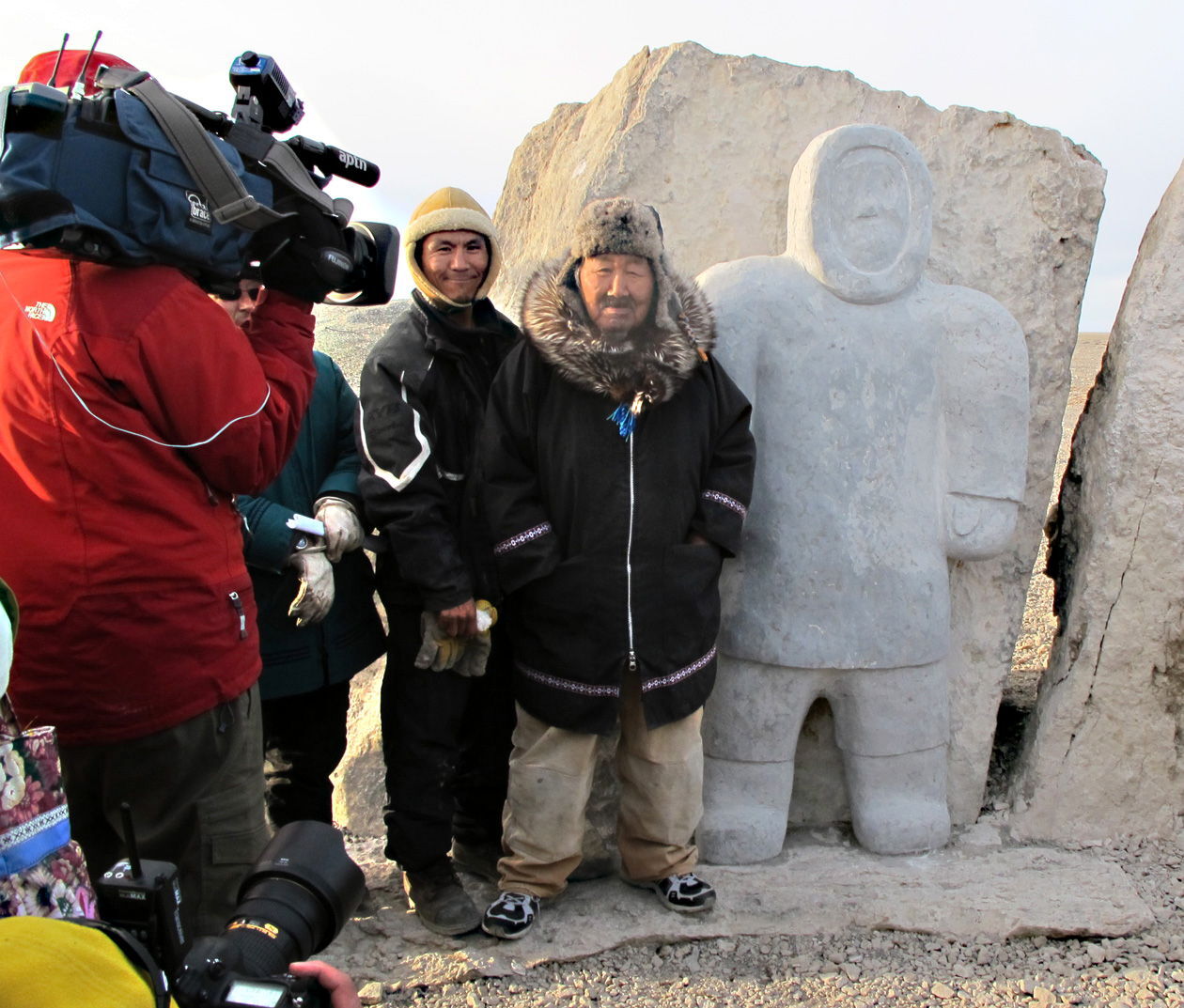An Ottawa symposium aims to shine light on Inuit High Arctic relocations
“Ottawa is embarrassed about it. But the younger people need to know the truth about how ugly we were treated.”

It’s great that provincial governments are finally teaching school children about the history of residential schools, but it’s not enough, says Martha Flaherty. Canadian students need to learn about Inuit history, including the High Arctic relocations in the 1950s.
Flaherty is the former president of Pauktuutit Inuit Women of Canada, a current Pauktuutit board member and an Ottawa-based interpreter-translator. She was speaking in advance of a keynote address she will deliver at a Feb. 25 virtual symposium hosted by Carleton University’s Ojigkwanong Centre for Indigenous Initiatives.
“Put this relocation story into the curriculum in schools. It has to be done. It’s hidden,” Flaherty said.
“Ottawa is embarrassed about it. But the younger people need to know the truth about how ugly we were treated.”
The free symposium, entitled “The Inuit Relocations: Intergenerational Impacts and Inuit Resilience,” will feature panel discussions, cultural performances and deep reflections on a dark chapter in federal-Indigenous relations largely unknown to Canadians.
Flaherty was among 92 Inuit — some from Pond Inlet but mostly from Inukjuak like herself — who were relocated by the federal government in the 1950s to establish communities in Resolute Bay and Grise Fiord. While some government officials have claimed this was done to preserve their subsistence lifestyle, Inuit say they were moved to establish Canadian sovereignty in the High Arctic during the Cold War — planted like human flagpoles with little help or support.
The High Arctic Exiles, as they became known, suffered through severe cold, months of darkness, starvation and other profound traumas as they endured the harsh, foreign landscape.
There are only a handful of the original exiles left — politician John Amagoalik and memoirist Larry Audlaluk among them — and Flaherty says it’s time this story be fully written into Canadian history books.
A new documentary might help the cause. Filmmakers in Ireland, the United States and Canada are currently partnering to produce a new film on the relocations. Flaherty has agreed to be involved.
“Apparently I’m anchoring it,” she said. “They’ve already done the writing part.”
The symposium will feature performances by Ottawa-based throat-singing duo Tarniriik and throat-boxing phenom Nelson Tagoona. There will also be a panel discussion on resilience and reclamation with knowledge keeper Heidi Langille; Katherine Minich, from Carleton’s School of Public Policy and Administration; and Peesee Pitsiulak, dean of education, Inuit and University Studies at Nunavut Arctic College.
The afternoon main event will focus on moving from past traumas to future leadership.
Environmental, cultural and human rights advocate Sheila Watt-Cloutier will share her opinions on how the economy, the environment, human rights and sustainability are all interconnected and how Inuit can play a role in this new world order. Inuit don’t want to be pitied as victims, she said. They want to be respected as experts and leaders.
“If you look to the people who still rely on their environment to be mobile, to transport themselves in a natural environment to get their food, to rely on weather patterns and conditions for safety and security — if you look to us as having answers to some of these issues, it will be a better world.”